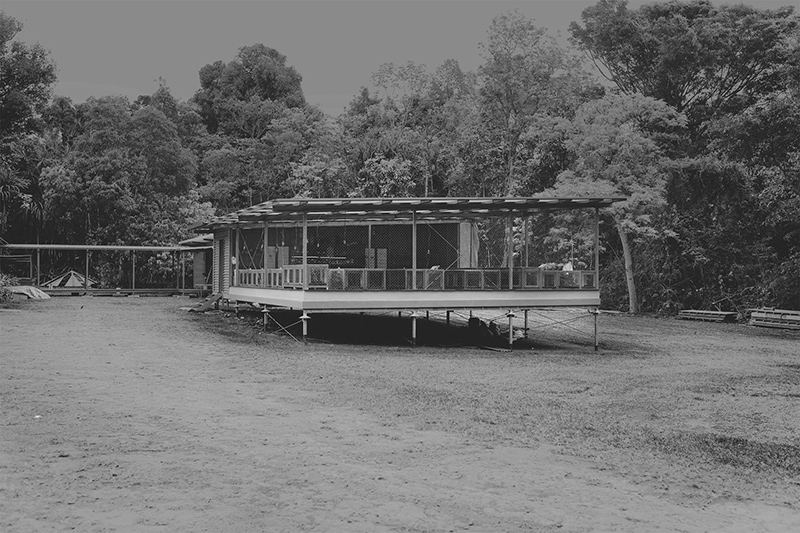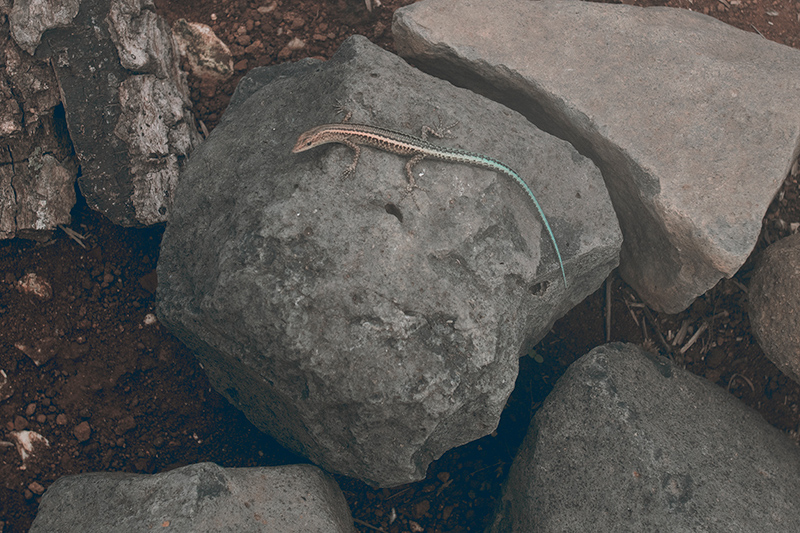Christmas Island, Naturally
-The Last Cat On Christmas Island
- A Visitor's Guide to the Birds of Christmas Island
The 3rd Christmas Island Conservation Plan
Exhibition, Sydney Biennale 2016
Final Report of the Christmas Island Expert Working Group, Installation at CCA, Singapore, 2018
All images by the ICZ
reptilia
CHRISTMAS ISLAND, NATURALLY
With photographs from the archives of The Institute of Critical Zoologists
The causes of the reptile declines on Christmas Island are not yet fully resolved, but it is likely that predation by introduced species is the major factor. Unfortunately, there is a reasonable possibility that the two Emoia species and T. exocoeti will become extinct. However, L. listeri and C. egeriae may avoid extinction if the captive breeding program continues to be successful and if some form of reintroduction (possibly into exclusion areas) can be achieved. Reintroduction efforts may be a good approach and the associated lessons learned may lead to quantitatively resolving the causes of the declines.
M.J. Smith, H. Cogger, B. Tiernan, D. Maple, C. Boland, F. Napier, et al, ‘An oceanic island reptile community under threat: the decline of reptiles on Christmas Island, Indian Ocean’, Herpetological Conservation and Biology, 7, 2012

 On 31st May 2014, the last surviving Christmas Island Forest Skink, named ‘Gump’, died in a tank measuring 1.3 meters long and 65 centimetres wide and high.
On 31st May 2014, the last surviving Christmas Island Forest Skink, named ‘Gump’, died in a tank measuring 1.3 meters long and 65 centimetres wide and high.
 Christmas Island Blue Tail Skink, Cryptoblepharus egeriae
Christmas Island Blue Tail Skink, Cryptoblepharus egeriae
Exists in captivity, possibly extinct in the wild
The blue-tailed skink Cryptoblepharus egeriae (Boulenger, 1889) is an Indian Ocean Christmas Island endemic (Cogger et al. 1983). Despite being abundant in the early 1980s (Cogger et al. 1983), the species is now in serious decline with the last known population occurring on the southwestern end of the island (Egeria Point; Figure 1). To date, the causes of the declines are not fully understood, but the introduction of predators such as the yellow crazy ant (Anoplolepis gracilipes Smith, 1857), giant centipede (Scolopendra subspinipes Leach, 1815), and Asian wolf snake (Lycodon capucinus Boie, 1827) are likely to have played a major role (unpublished data).
Smith, J. Michael, Boland, R. J. Christopher, D. Maple, Tiernan, Brendan, ‘The Christmas Island blue-tailed skink (Cryptoblepharus egeriae): a survey protocol and an assessment of factors that relate to occupancy and detection’, Records of the Western Australian Museum, Vol. 27 Issue 1, 2012
 Insect trap for captive reptiles.
Insect trap for captive reptiles.
Copyright 2016, Institute of Critical Zoologists